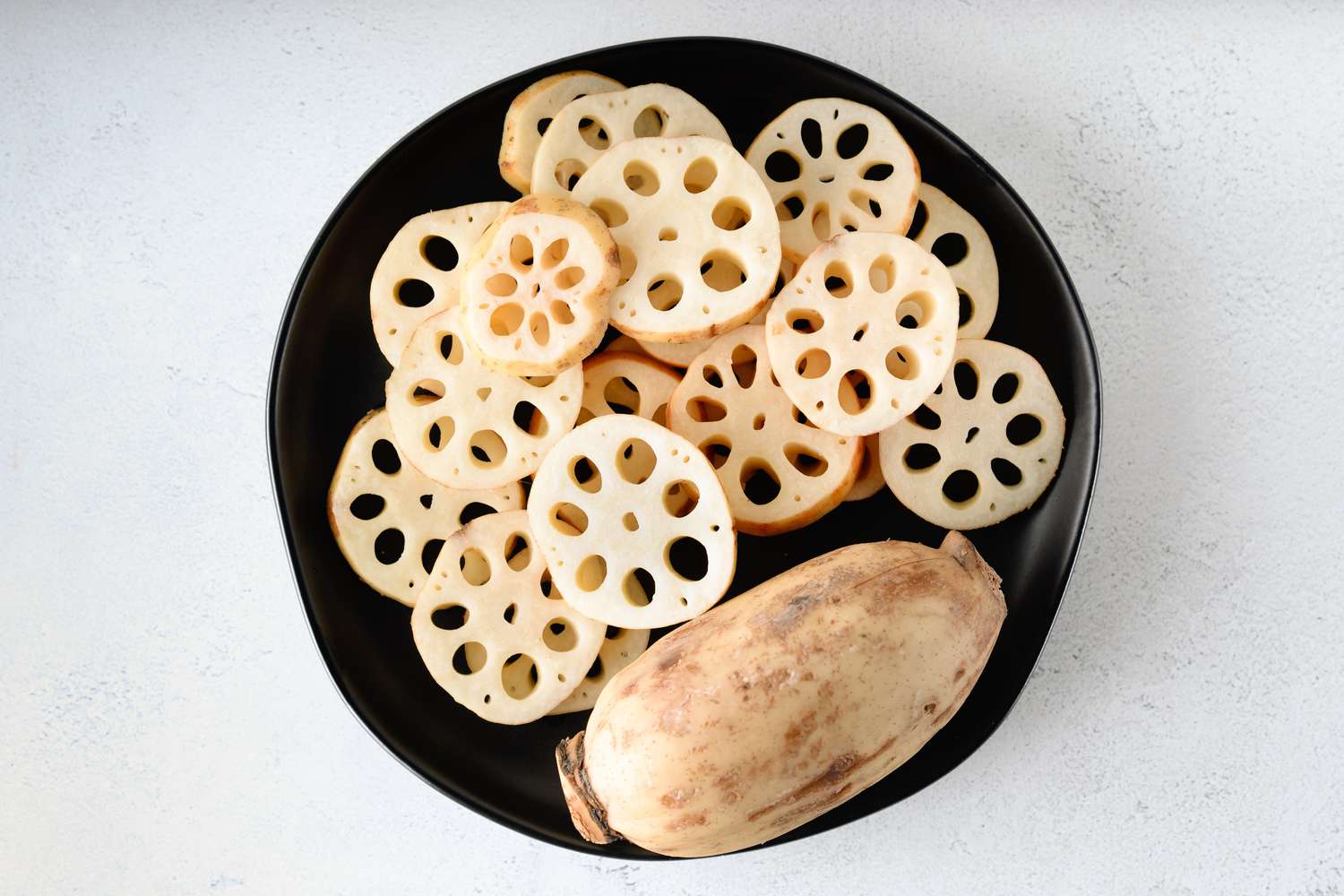

Articles
How To Store Lotus Root
Modified: December 7, 2023
Learn how to store lotus root properly with these helpful articles. Find out the best techniques for keeping lotus root fresh and maintaining its quality.
(Many of the links in this article redirect to a specific reviewed product. Your purchase of these products through affiliate links helps to generate commission for Storables.com, at no extra cost. Learn more)
Introduction
Welcome to the world of lotus root storage! Lotus root, also known as renkon or nelumbo nucifera, is a versatile and delicious vegetable widely used in Asian cuisine. It has a unique flavor and a crunchy texture that adds a delightful twist to various dishes. Whether you have just purchased fresh lotus root from the market or harvested it from your garden, knowing how to store it properly is essential to maintain its freshness and quality.
In this article, we will guide you through the different methods of storing lotus root to ensure its longevity. From cleaning and preparing the lotus root to storing it in the refrigerator or freezer, we’ll cover all the necessary steps to keep your lotus root fresh and ready to use.
So, whether you plan to use lotus root in stir-fries, soups, or even pickled preparations, keep reading to discover the best practices for storing this nutritious and delectable vegetable!
Key Takeaways:
- Store lotus root in the refrigerator for 5-7 days in airtight containers, ensuring optimal moisture control and regular inspection for spoilage. Enjoy its unique flavor and crunch in various dishes!
- Extend lotus root’s shelf life by freezing it for up to 3 months. Blanch, dry, and store in airtight freezer bags, ensuring proper labeling and thawing before use. Enjoy its freshness year-round!
Read more: How To Store Cilantro With Roots
Choosing and Buying Lotus Root
When it comes to storing lotus root, the first step is to choose the right one at the store or market. Here are some tips to ensure you pick the best quality lotus root:
- Look for firmness: Select lotus root that feels firm and heavy when held in your hand. Avoid any roots that are soft or have mushy spots, as this indicates spoilage.
- Inspect the skin: The skin of the lotus root should be smooth and intact, without any visible cuts or blemishes. Avoid roots with cracks or discoloration, as this can be a sign of damage or decay.
- Avoid sprouting roots: Check for any signs of sprouting or growth from the root. While small sprouts may be harmless, excessive growth can indicate that the root is old or past its prime.
- Choose a vibrant color: Lotus root is typically light beige to pale yellow in color. Look for roots with a vibrant hue, as dull or faded colors may indicate age or loss of freshness.
- Consider the size: Lotus root comes in various sizes, ranging from small to large. Choose the size that suits your recipe requirements, keeping in mind that larger roots may be more challenging to handle and store.
Additionally, try to buy lotus root from reputable sources to ensure you are getting fresh and high-quality produce. It’s also a good practice to buy just the amount you need to minimize storage time and maximize the freshness of your lotus root.
Now that you have selected the best lotus root, let’s move on to the next step: cleaning and preparing it for storage.
Cleaning and Preparing Lotus Root
Before storing lotus root, it’s essential to clean and prepare it properly. Here’s a step-by-step guide to help you get your lotus root ready for storage:
- Start by rinsing: Rinse the lotus root thoroughly under cool running water to remove any dirt or debris attached to its surface. Use a vegetable brush or your fingers to gently scrub the root, paying attention to areas with crevices.
- Trim the ends: Trim both ends of the lotus root using a sharp knife. This helps to remove any damaged or discolored portions and ensures a clean and fresh start for your storage process.
- Peel the skin: Use a vegetable peeler or a small knife to peel off the tough outer skin of the lotus root. Start from one end and work your way down. Make sure to remove all the brown skin while preserving the white flesh underneath.
- Slice or chop as needed: Depending on your recipe requirements or personal preference, you can slice the lotus root into thin rounds or chop it into desired shapes. It’s a good idea to use a sharp knife for clean and precise cuts.
- Immerse in lemon water (optional): To prevent discoloration and maintain the crispness of the lotus root, you can immerse the slices or chopped pieces in a bowl of water mixed with lemon juice or vinegar. This acidic solution helps to inhibit browning.
Once you have cleaned and prepared the lotus root, you are ready to store it. Continue reading to learn about the different methods of storing lotus root to keep it fresh and flavorful for an extended period.
Storing Lotus Root in the Refrigerator
Storing lotus root in the refrigerator is the most common and convenient method to keep it fresh for a few days. Here’s how to do it:
- Packaging: Place the prepared lotus root slices or chopped pieces in an airtight container or a resealable plastic bag. This helps to maintain the moisture and prevent the root from drying out.
- Moisture control: If you notice any excess moisture on the lotus root, pat it dry with a paper towel before storing. Excessive moisture can lead to spoilage and faster degradation.
- Temperature and placement: Set your refrigerator temperature to around 40°F (4°C) and store the lotus root in the vegetable crisper drawer. The cool and consistent temperature helps to preserve its freshness.
- Duration: Lotus root can stay fresh in the refrigerator for up to 5-7 days, depending on its initial quality and freshness. It’s best to use it as soon as possible to enjoy its optimal flavor and texture.
- Check for spoilage: Periodically inspect the lotus root for any signs of spoilage such as mold, sliminess, or a foul odor. If you notice any, discard the affected pieces and use the remaining ones promptly.
Remember to handle the lotus root with clean hands or utensils to maintain cleanliness and prevent cross-contamination. By storing it properly in the refrigerator, you can ensure that your lotus root remains fresh and ready to be incorporated into various delicious dishes.
Freezing Lotus Root
If you want to store lotus root for a longer period, freezing is an excellent option. Freezing not only helps to preserve the texture and flavor of the lotus root but also allows you to have it readily available whenever you need it. Here’s how to freeze lotus root:
- Blanching: Start by blanching the lotus root slices or chopped pieces. Prepare a pot of boiling water and carefully lower the lotus root into it. Blanch for 2-3 minutes to partially cook the root and help retain its color and texture.
- Cooling: After blanching, transfer the lotus root immediately into a bowl filled with ice water. This step is crucial to halt the cooking process and cool down the root rapidly. Leave the lotus root in the ice water for a couple of minutes.
- Draining and drying: Remove the lotus root from the ice water and pat it dry using a clean kitchen towel or paper towels. Make sure to remove any excess moisture, as it can lead to ice crystal formation and freezer burn.
- Packaging: Place the blanched and dried lotus root into airtight freezer bags or freezer-safe containers. Squeeze out any excess air from the bags to prevent freezer burn and seal them tightly.
- Labeling and dating: Don’t forget to label the freezer bags or containers with the date of freezing. This practice will help you keep track of the lotus root’s storage time and maintain its quality.
- Freezing: Place the sealed lotus root bags or containers in the freezer, ensuring they lie flat to maximize space utilization. Allow enough room for air circulation around them to facilitate faster freezing.
- Storage duration: Lotus root can be stored in the freezer for up to 3 months. While it may remain safe to consume beyond this period, its quality and texture may deteriorate over time.
- Thawing and using: When you’re ready to use the frozen lotus root, simply remove the desired amount from the freezer and thaw it in the refrigerator or under cold running water. Avoid thawing at room temperature, as it can lead to bacterial growth.
Freezing lotus root is an excellent method to preserve its freshness for an extended period. It allows you to enjoy the unique flavor and texture of lotus root in your favorite dishes, regardless of the season.
Read more: How To Store Strawberry Roots
Storing Lotus Root in Water
If you prefer to store lotus root without freezing or refrigeration, storing it in water can be an effective method. Storing lotus root in water helps to keep it hydrated and maintains its crispness. Here’s how you can store lotus root in water:
- Clean and prepare the lotus root: Follow the cleaning and preparation steps mentioned earlier to clean, trim, and peel the lotus root.
- Cut the lotus root into pieces: Slice the lotus root into desired shapes or sizes, keeping in mind that smaller pieces are easier to handle and store.
- Place in a container: Fill a clean container with enough water to submerge the lotus root pieces. Make sure the container has a tight-fitting lid to prevent any contaminants or odors from entering.
- Submerge the lotus root: Gently place the lotus root pieces into the container filled with water. Ensure that all pieces are completely submerged to maintain their freshness.
- Store in the refrigerator: Seal the container with the lid and place it in the refrigerator. Set the temperature to around 40°F (4°C) to ensure optimal storage conditions.
- Change the water: It’s important to change the water every couple of days to prevent any bacterial growth. Drain the old water and refill the container with fresh, clean water to keep the lotus root hydrated.
- Duration: Lotus root stored in water can stay fresh for up to 7-10 days in the refrigerator. Ensure to check for any signs of spoilage, such as a foul odor or sliminess, before using the stored root.
Storing lotus root in water is a simple and effective method to maintain its crispness and freshness. Just remember to change the water regularly and keep an eye out for any signs of spoilage to ensure the stored lotus root remains safe and enjoyable to consume.
Store lotus root in a cool, dark place with good air circulation, such as the refrigerator. Keep it unwashed and wrapped in a paper towel to absorb excess moisture. It should last for about a week.
Preserving Lotus Root for Long-Term Storage
If you want to extend the storage life of lotus root beyond a few weeks or months, preserving it for long-term storage is a great option. Preserving lotus root involves methods such as pickling and canning, which help to enhance the shelf life while preserving its flavors. Here are a couple of methods to preserve lotus root for long-term storage:
Pickling:
- Clean and prepare the lotus root by following the steps mentioned earlier.
- Slice the lotus root into thin rounds or julienne strips, based on your preference.
- Boil a mixture of water, vinegar, salt, and sugar in a saucepan to create the pickling solution. You can customize the flavors by adding spices such as mustard seeds, ginger, or garlic.
- Blanch the lotus root in boiling water for a minute, then transfer it directly into an ice bath to cool down.
- Once the pickling solution has cooled, transfer the blanched lotus root into clean and sterilized jars.
- Pour the pickling solution over the lotus root, ensuring that the pieces are fully submerged.
- Seal the jars with airtight lids and store them in a cool, dark place. The pickled lotus root can be consumed after a few days of pickling and will stay preserved for several months.
Canning:
- Clean and prepare the lotus root by following the steps mentioned earlier.
- Slice the lotus root into desired shapes or sizes.
- Fill a large pot with water and bring it to a boil. Add the lotus root pieces and blanch them for a couple of minutes.
- Prepare canning jars by washing them in hot, soapy water and sterilizing them in boiling water or in the oven.
- Drain the blanched lotus root and pack it into the prepared canning jars, leaving some space at the top.
- Fill the jars with either hot water or a brine solution made of vinegar, salt, and any desired spices.
- Seal the jars tightly with sterile lids and process them in a boiling water bath for the recommended time according to the type of canning method you are using.
- Once processed, remove the jars from the water bath and let them cool. Check the seals to ensure they are properly sealed before storing them in a cool, dark place. Canned lotus root can stay preserved for up to a year or longer.
Preserving lotus root through pickling or canning not only extends its storage life but also adds interesting flavors to your recipes. Enjoy the preserved lotus root in salads, sandwiches, or as a side dish to enhance your culinary creations!
Read more: How To Store Turmeric Root
Keeping Lotus Root Fresh After Cutting
After cutting lotus root, it’s essential to take certain steps to keep it fresh and prevent spoilage. Here are some tips to help you maintain the freshness of lotus root after it has been cut:
- Store in water: Similar to storing whole lotus root in water, you can also store cut lotus root in water. Place the cut pieces in a container filled with clean water, making sure they are completely submerged. Change the water every couple of days to maintain freshness.
- Wrap in damp paper towels: If you prefer not to store lotus root in water, you can wrap the cut pieces in damp paper towels. The moisture from the paper towels helps to keep the lotus root hydrated and crisp. Place the wrapped lotus root in a plastic bag or airtight container and store it in the refrigerator.
- Use airtight containers: When storing cut lotus root in the refrigerator, it’s important to use airtight containers to prevent moisture loss and exposure to air. Oxygen can cause oxidation and spoilage, so sealing the lotus root tightly in containers helps to maintain its freshness.
- Keep in a cool and dark place: Whether you store cut lotus root in water or wrapped in damp paper towels, make sure to place it in a cool and dark area of the refrigerator. This helps to maintain a consistent temperature and prevent exposure to light, which can cause the lotus root to deteriorate.
- Check for freshness: Periodically check the cut lotus root for any signs of spoilage, such as slime, odor, or discoloration. If you notice any of these signs, discard the affected pieces and use the remaining ones promptly.
- Use within a few days: Cut lotus root is best consumed within a few days of cutting for optimal flavor and texture. While it may still be safe to consume beyond that timeframe, the quality may start to deteriorate.
By following these tips, you can ensure that your cut lotus root remains fresh, crisp, and delicious for as long as possible. Whether you use it in stir-fries, soups, or salads, keeping lotus root fresh after cutting ensures that you can enjoy its unique taste and texture in your dishes.
Tips for Storing Lotus Root
To make the most out of your lotus root storage, here are some additional tips to keep in mind:
- Handle with care: Lotus root is delicate and can easily bruise or break. Handle it with care when cleaning, preparing, and storing to prevent any damage.
- Inspect for rot: Before storing, always inspect the lotus root for any signs of rot, mold, or damage. Discard any pieces that appear spoiled to prevent them from affecting the quality of the remaining lotus root.
- Separate large pieces: If you have large pieces of lotus root, it’s advisable to separate them into smaller sections before storing. This helps to ensure even airflow and prevents moisture buildup, which can lead to spoilage.
- Avoid exposure to light: Lotus root should be stored in a cool and dark place. Exposure to light can cause discoloration and spoilage. Keep it away from direct sunlight or bright artificial lights.
- Use quality storage containers: Whether storing in the refrigerator or freezer, choose high-quality airtight containers or freezer bags. This helps to maintain the freshness, flavor, and texture of the lotus root and prevents moisture loss or freezer burn.
- Label and date: Always label your storage containers or bags with the date of storage. This helps you keep track of the lotus root’s freshness and ensures that you use the oldest pieces first.
- Cook or use as soon as possible: While lotus root can be stored for periods of time, it’s best to use it as soon as possible for optimal flavor and texture. Fresh lotus root delivers the best taste and crunch.
- Experiment with recipes: Lotus root is a versatile ingredient that can be used in various culinary creations. Explore different recipes such as stir-fries, soups, salads, and even pickles to make the most of your stored lotus root.
- Enjoy the nutritional benefits: Lotus root is rich in fiber, vitamins, and minerals, making it a nutritious addition to your meals. By storing it properly and incorporating it into your dishes, you can enjoy its health benefits all year round.
By following these tips, you can ensure that your lotus root remains fresh, flavorful, and ready to use whenever you want to add a unique twist to your cooking.
Frequently Asked Questions about How To Store Lotus Root
Was this page helpful?
At Storables.com, we guarantee accurate and reliable information. Our content, validated by Expert Board Contributors, is crafted following stringent Editorial Policies. We're committed to providing you with well-researched, expert-backed insights for all your informational needs.
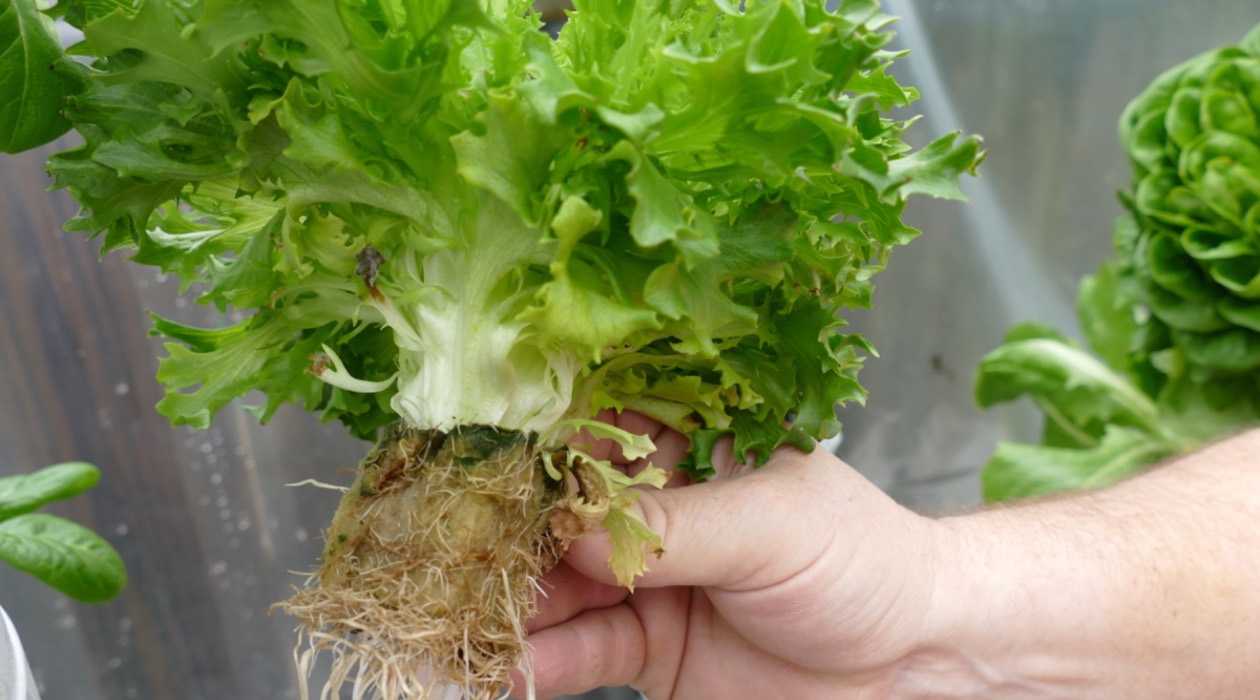
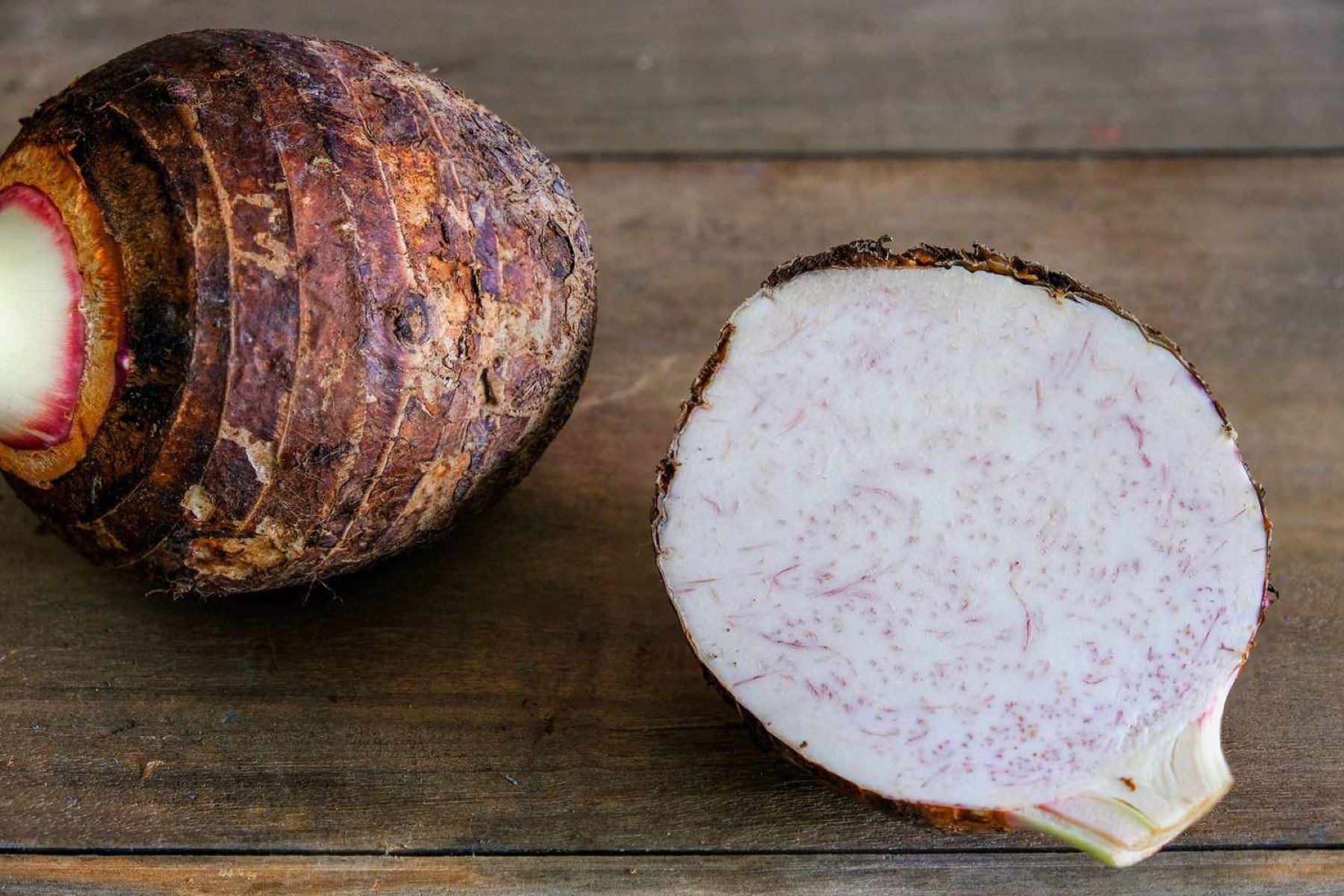
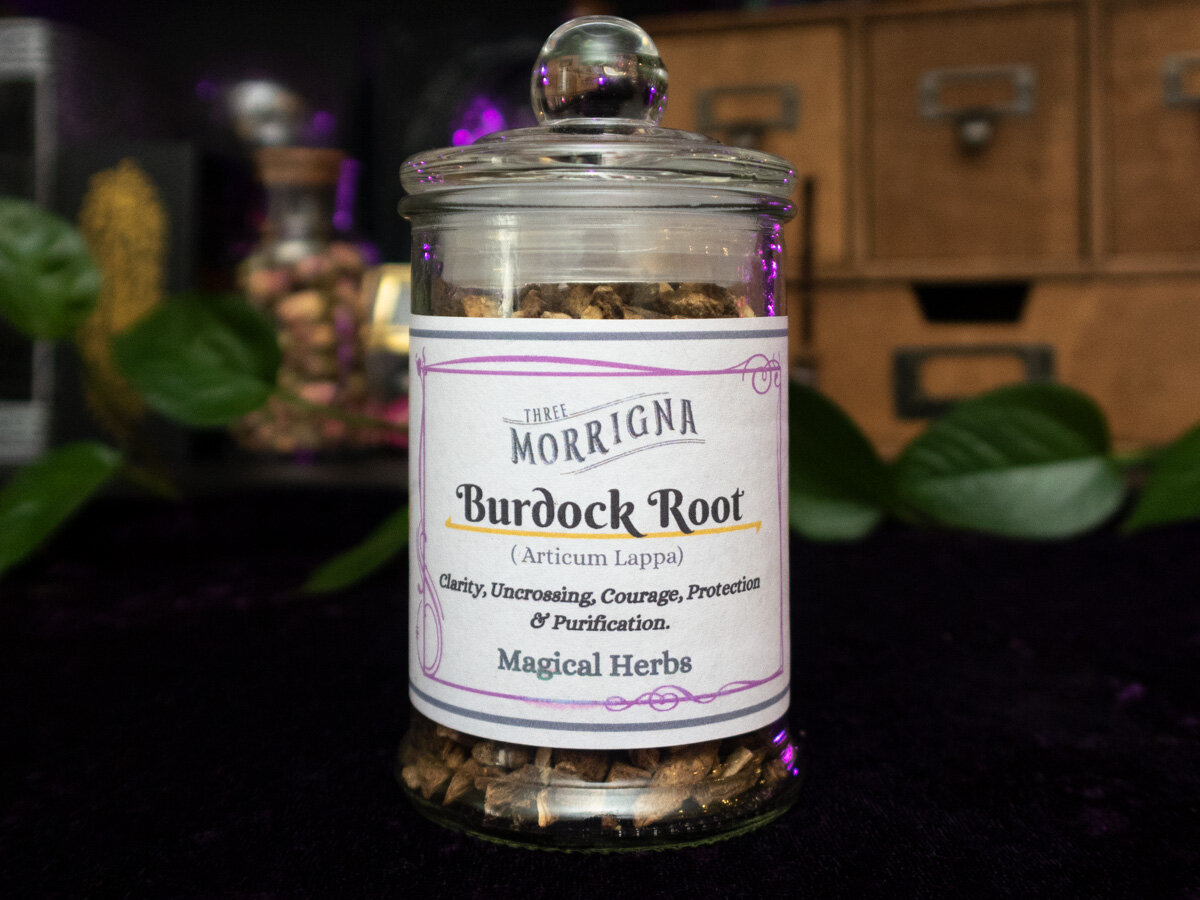
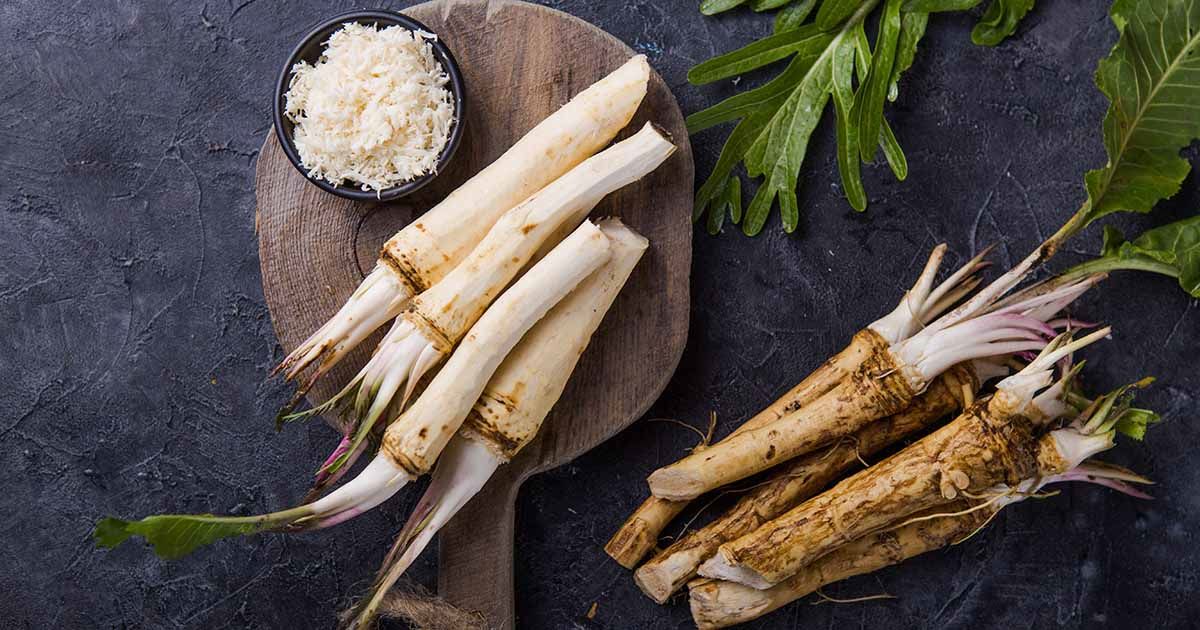
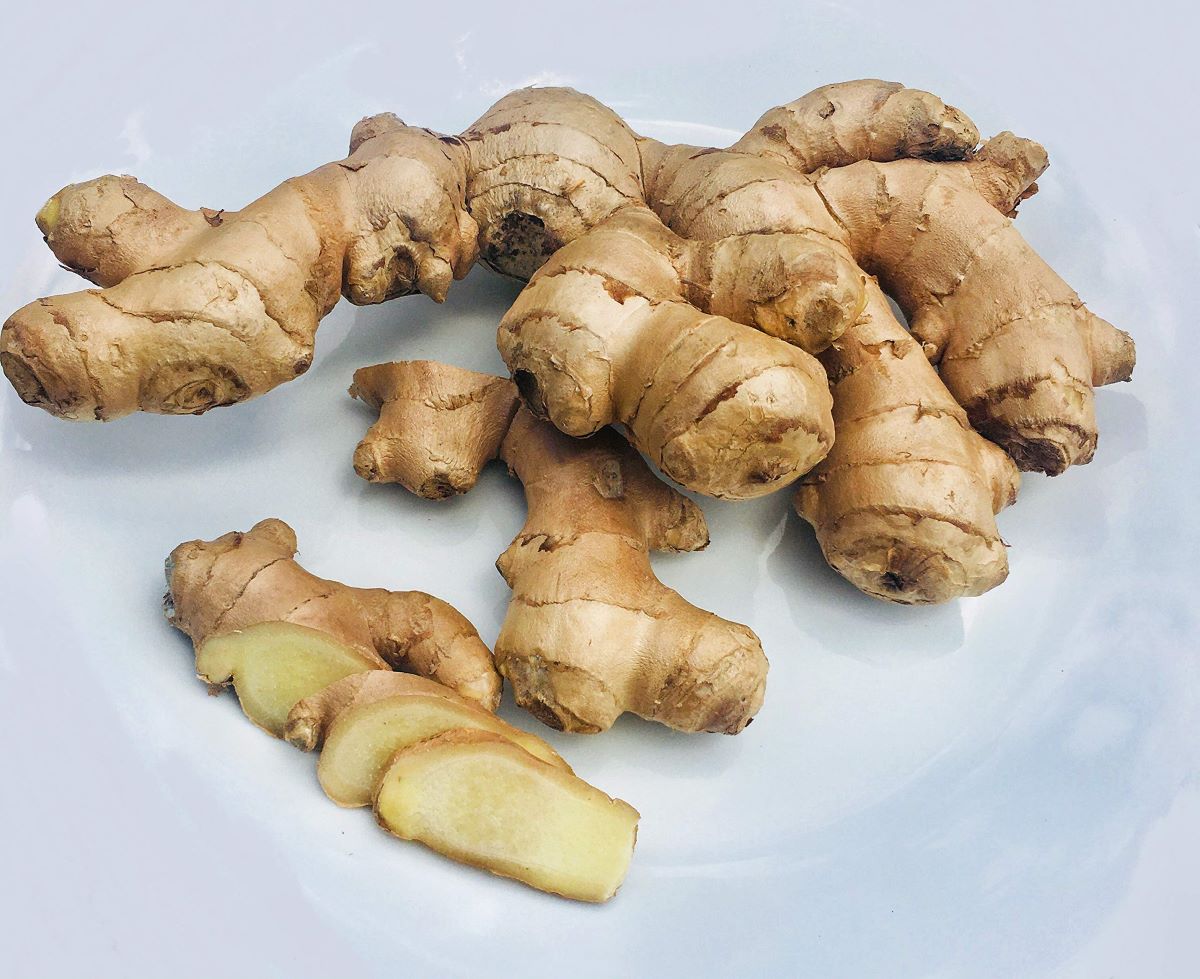
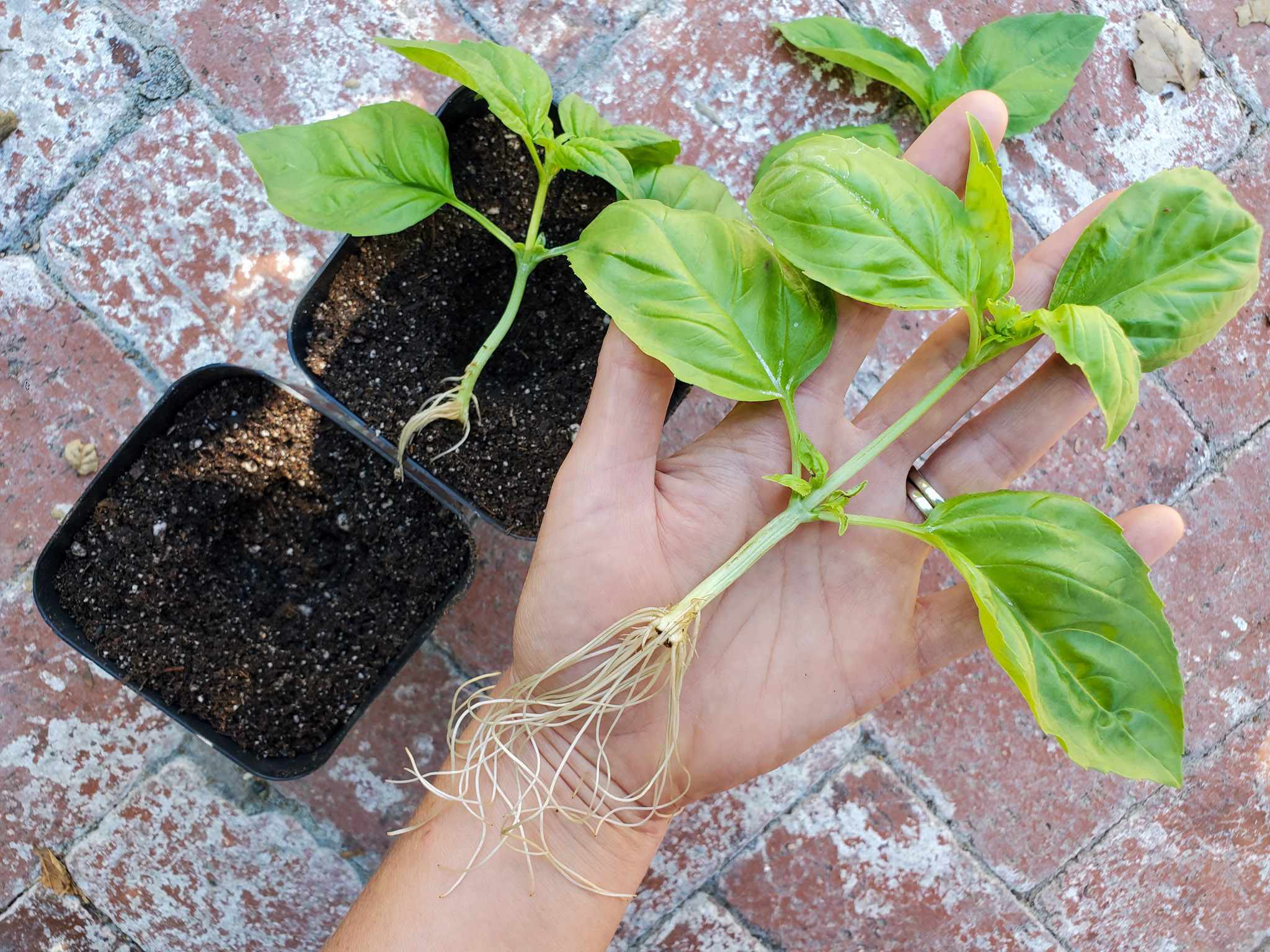
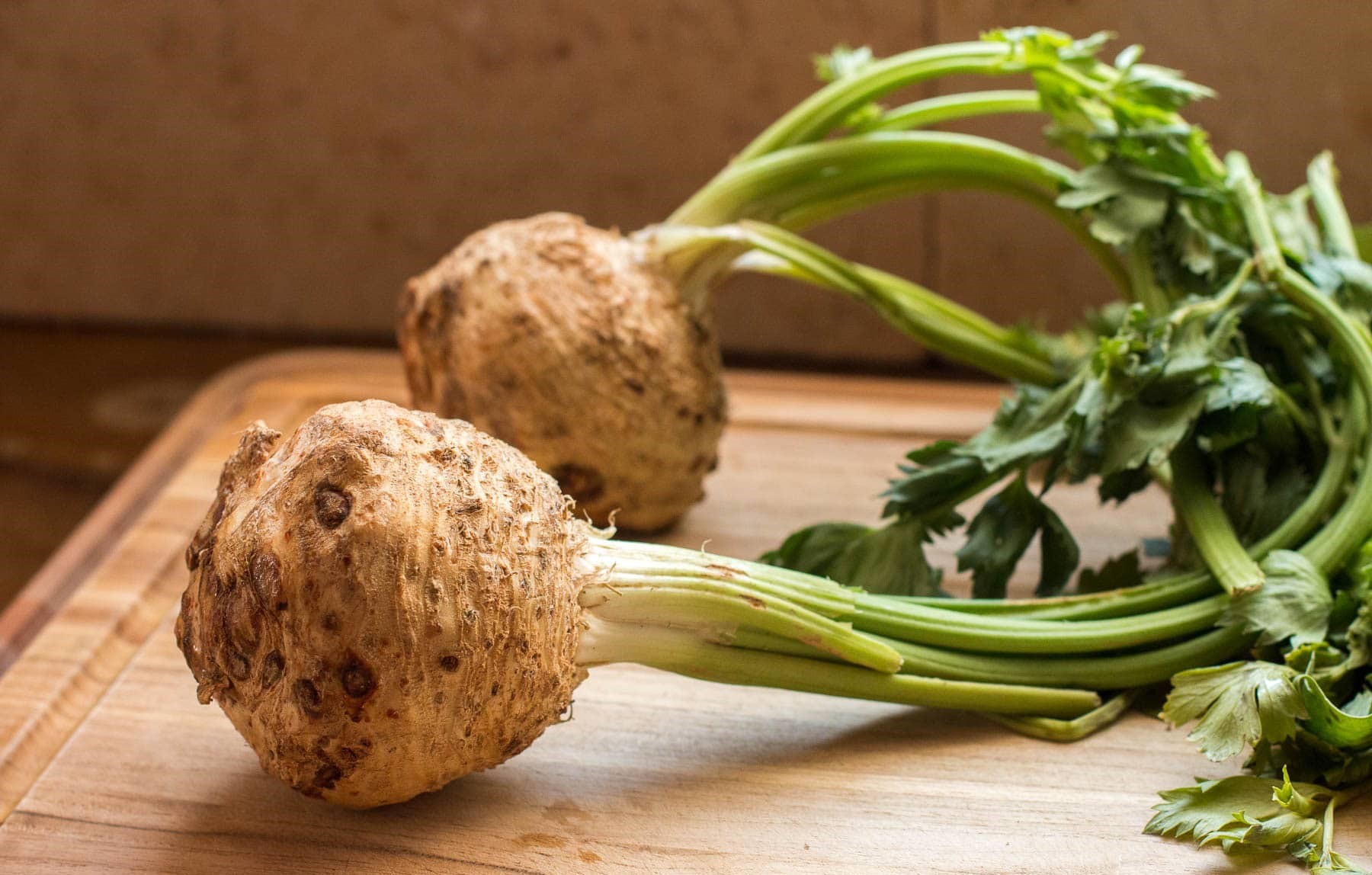




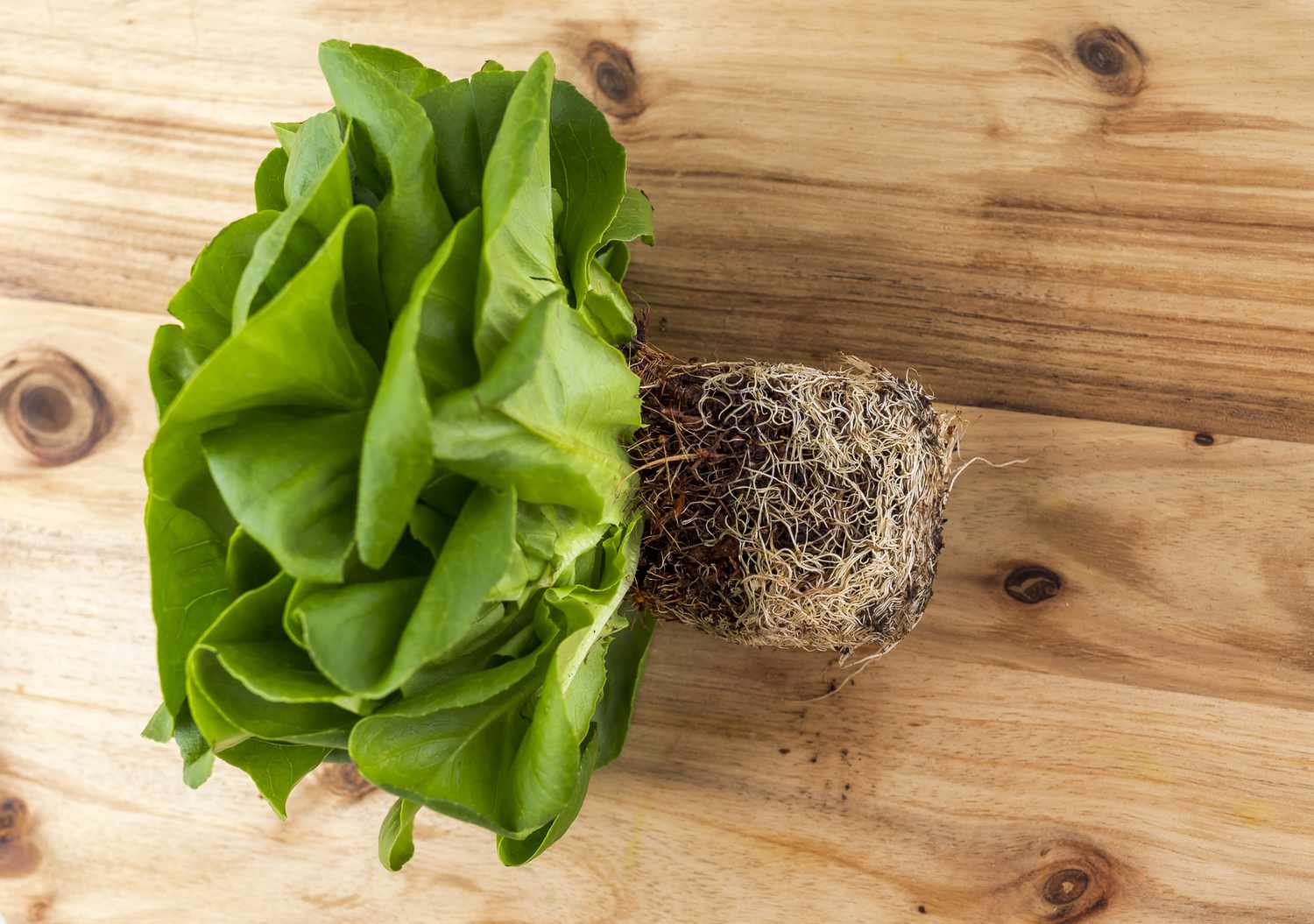


0 thoughts on “How To Store Lotus Root”